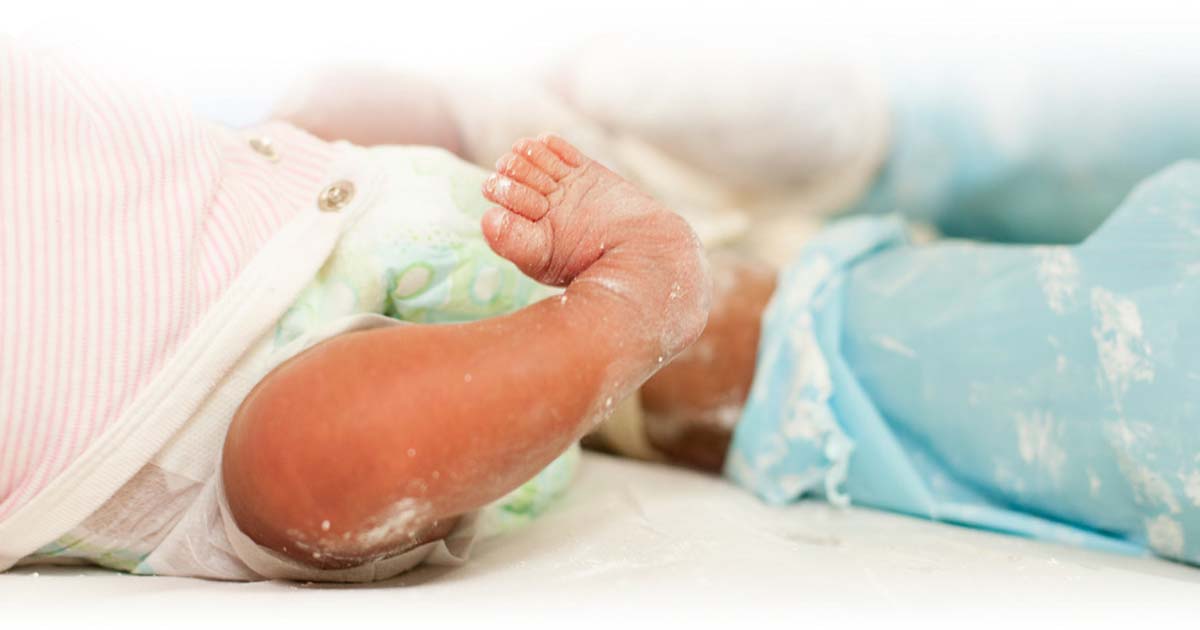The Most Common Birth Defects
Cleft Palate

A cleft palate is an opening in the roof of the mouth that connects with an opening in the nose. It happens when the tissues in what will become the baby’s face, do not connect properly. While abnormal genes may have a part in thisbirth defect, researchers are not sure what these genes are. In many cases, the causes of cleft palate are not known. Other causes could be environmental. The baby’s mother may have been older than usual, or a smoker, a heavy drinker, used illicit drugs or was subjected to other activities where her tissues may have been temporarily starved of oxygen. Other causes may be exposure to pesticides or exposure to substances derived from vitamin A called retinoids. Fortunately, this deformity is quite treatable and usually requires surgery to help fix the issue.
Keep reading to learn about another common birth defect, this time affecting the feet.
Club Foot

Club foot is a birth defect where the foot is twisted or bent out of shape. Sometimes the foot is so bent that the foot's sole faces upward. The affected foot and leg are shorter and smaller than the unaffected foot and leg. It is a common birth defect and affects approximately one in 1000 babies. Sometimes both feet are affected, and males are twice as susceptible to having aclub foot compared to females. It happens because the tendons in the foot are too short and too tight which causes the foot to twist. The abnormality can be seen when the child is born, but it can also be detected on a prenatal ultrasound. There are two types of this deformity. In the first, the child has nothing else wrong with them. With the other type, the birth defect is part of a syndrome of congenital health disorders. Though the condition is not painful while the child is a baby, it needs to be treated promptly to ensure that the child can eventually walk normally and without pain.
Next, discover other genetic conditions that arebirth defectsnow.
